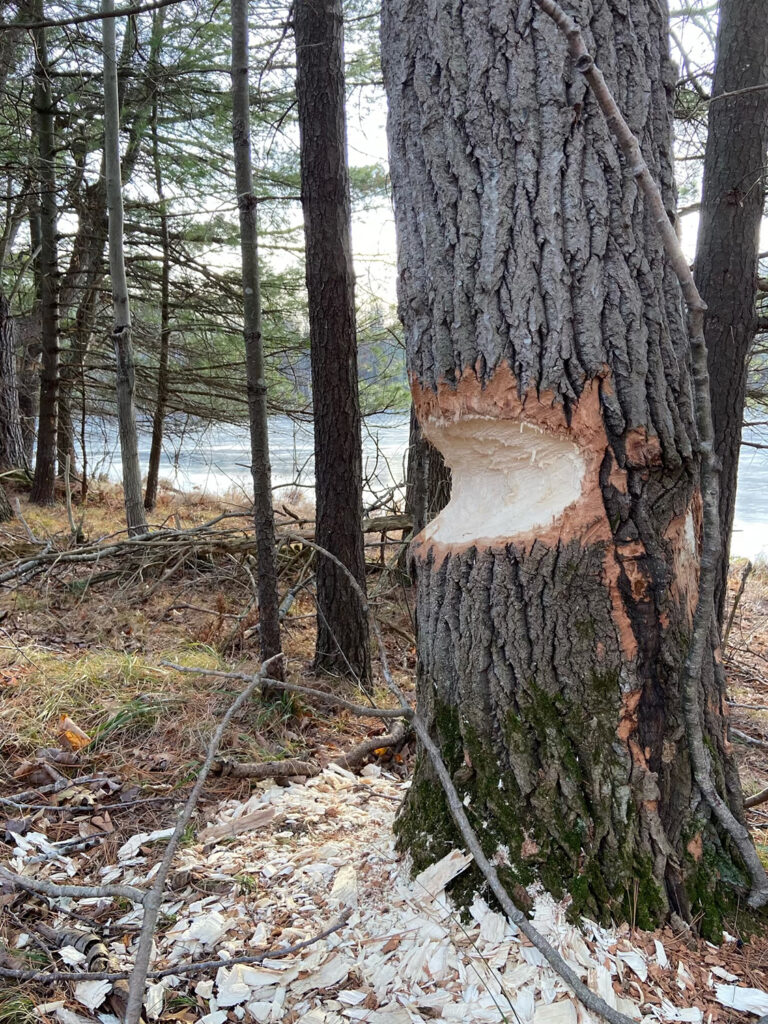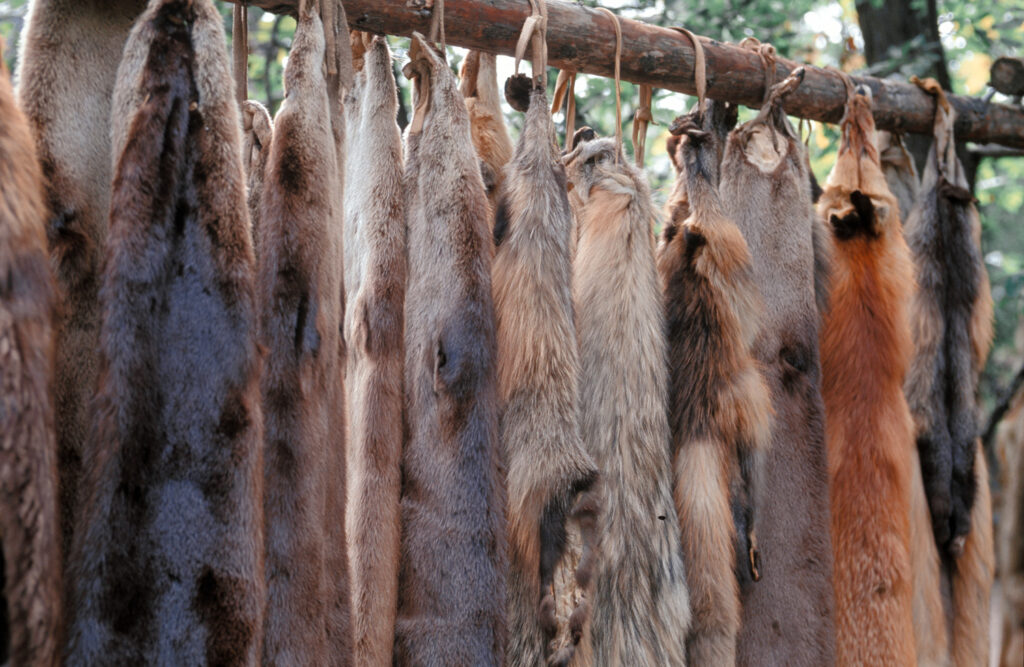Trap House, Michigan: The Original Soundtrack of the Pleasant Peninsula

Traps, tracks, scat. You might think I’m talking about Detroit’s DJ scene, but step outside the neon lights and you’ll find a different rhythm: the primal thrum of trapping. This isn’t just about dropping steel jaws in a critter’s path. It’s about trying to outwit elusive furbearers on their own turf. It’s about continuing a tradition that’s been around for eons. If your knowledge of trapping begins and ends with cartoon clichés, it’s time to obliterate those misconceptions and embrace the visceral reality.
“Furbearers.” Slip that word into your next campfire conversation and watch eyebrows raise. Michigan boasts 17 species of these fur-bearing wonders: badger, beaver, bobcat, coyote, fisher, fox (gray and red), marten, mink, muskrat, opossum, otter, raccoon, skunk, and weasel (Least, Short-tailed, and Long-tailed). An embarrassment of riches.
Fur men made Michigan. The Old World fell in love with beaver skin hats and, from the late 1700s to the mid-1800s, pelts were red hot. Whole towns rose and then fell on the whims of European fashion. Detroit itself, soon to be known as an automotive mecca, was first a fur trade post. Trappers were legends, immortalized by stories of their adventures in the Michigan frontier, taming the wild and living off the land.
Names like Étienne Brûlé and Jean Nicolet. Reading their accounts, I’m blown away by their fearlessness and drive. But the relentless hunt for fur had a darker side, pushing some species to the brink and disrupting indigenous ways of life. Yet, trapping remained.
*
My own tryst with trapping began by stumbling into an old trapper’s backcountry cabin.
I stood at the threshold, the weathered wooden door groaned like a ghost as it opened to reveal dusty history. The musty scent of old oak and forgotten furs filled my nose. It felt like I was pulled back into an era when the fur trade was the region’s lifeblood. Rusted traps, worn pelts, weathered books, and sepia-toned photographs lined the shelves. Everything in this little shack seemed to be a relic, telling stories of trial and triumph. This was a place few people had been. I was hooked.

Running my fingers over the rough, textured furs, I imagined the lives of early trappers—the solitary nights, the biting cold, the thrill of the catch. Their tools and practices are surprisingly similar to my own.
Like my trapping forefathers, my day starts in the predawn chill, loading gear and hitting the frozen woods to check trap lines. The crisp morning air bites and the stillness of the woods is a welcome reminder of why I love this work. It’s good to pause and reflect, but there’s little time to savor the moment.
Moving from trap to trap as the sun comes up over a snowy vista, I scan for signs of activity. I find my first beaver of the day in one of the traps I’ve set near a highly trafficked lodge. Years before, a group of beavers had built a dam in the area, redirecting a stream. It totally changed the landscape. What was once a low-lying swampy forest is now an acres-large pond full of fish, muskrats, and beavers. I reach my hand into the icy water and pull out his heavy, waterlogged body.
I check a few more traps over the course of the next few hours. Nothing. Lots of trudging through crunchy snow with little to show for it other than a frosty beard and sore legs. Trapping is tough and I’m not great at it. These critters tend to outsmart me more often than not. But I love it. I’m alone out here, but not really. Each crunchy step and each empty trap ties me to the great outdoorsmen who came before me.
*
A beaver fell into the trap last night. I’d hidden it just under the water near the bank of the pond, rubbing the scent of another beaver’s castor—the anal gland secretion used to mark territory—on sticks hanging above the metal contraption. Maybe he was looking for a fight.
The carcass is still fresh. I squeeze his spongy flat tail and poke at his amber-colored teeth. It’s a strange moment: I’m both somber and elated; success and tragedy. Beaver pelts are great for things like top hats or, in my case, pillow covers. They eat good too.
I’ll skin him out and keep the meat for stew. A trapper staple: red meat that’s fatty, as far as wild game goes, and slightly sweet. Trappers of old also ate the tails, supposedly very fatty and with a fishy taste (a cross-section of beaver tail looks oddly fish-like). But I’ll stick with the prime cuts—hindquarters and backstraps—simmering in a Dutch oven with carrots, onions, and potatoes. Trapper’s Stew is a dish I’ve grown to love, although, along with the skills and traditions of trappers, it has mostly been forgotten.
Trapping binds me to the past in a very tactile way. The sound of my boots crunching in the snow, the pain of peeling my fingers off an icy trap, the smell of castor stink. All things that connect me to those who came before me. Their traditions and skills are still alive in the work I do today.
Trapping binds me to the past in a very tactile way. The sound of my boots crunching in the snow, the pain of peeling my fingers off an icy trap, the smell of castor stink. All things that connect me to those who came before me. Their traditions and skills are still alive in the work I do today. I’m part of a bigger story.
Tim Dawson is an experienced outdoorsman with a passion for the Mitten State. Follow him on X @TheFairChase1.